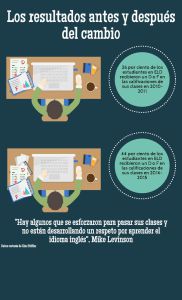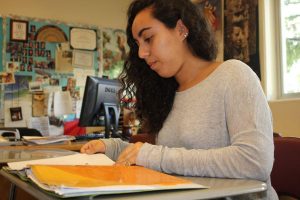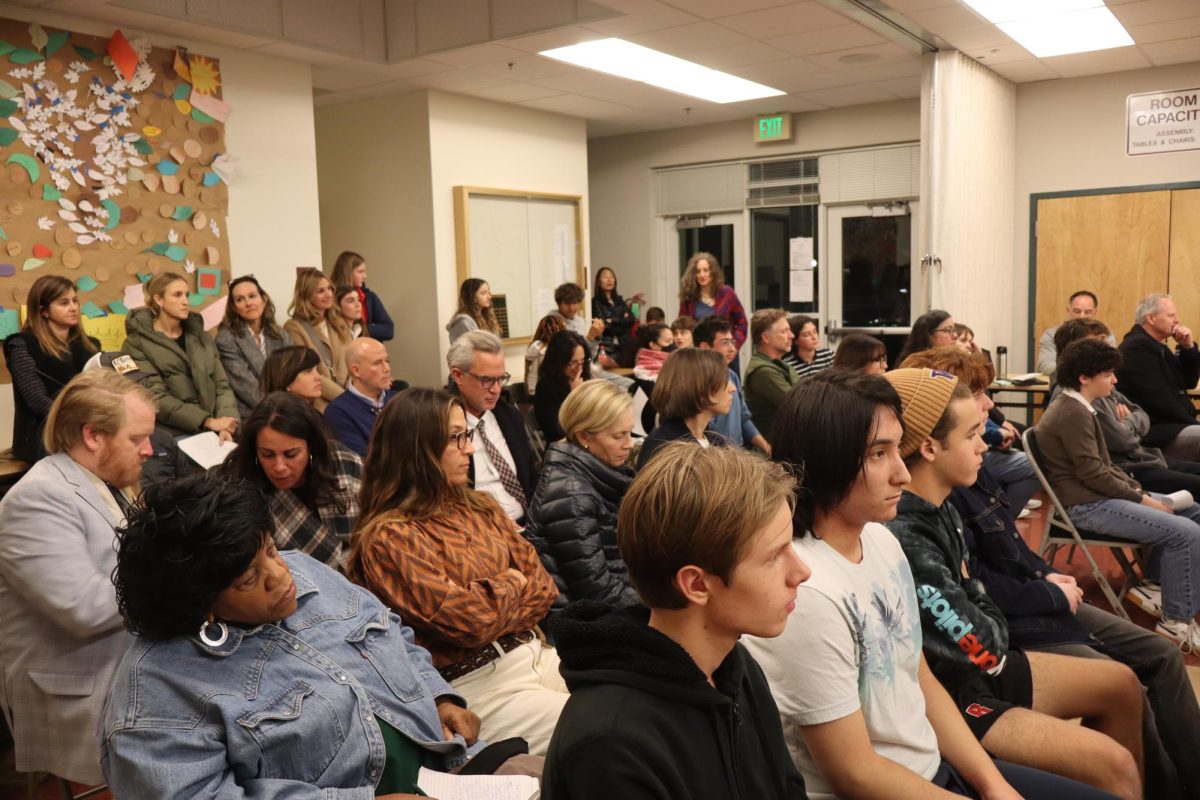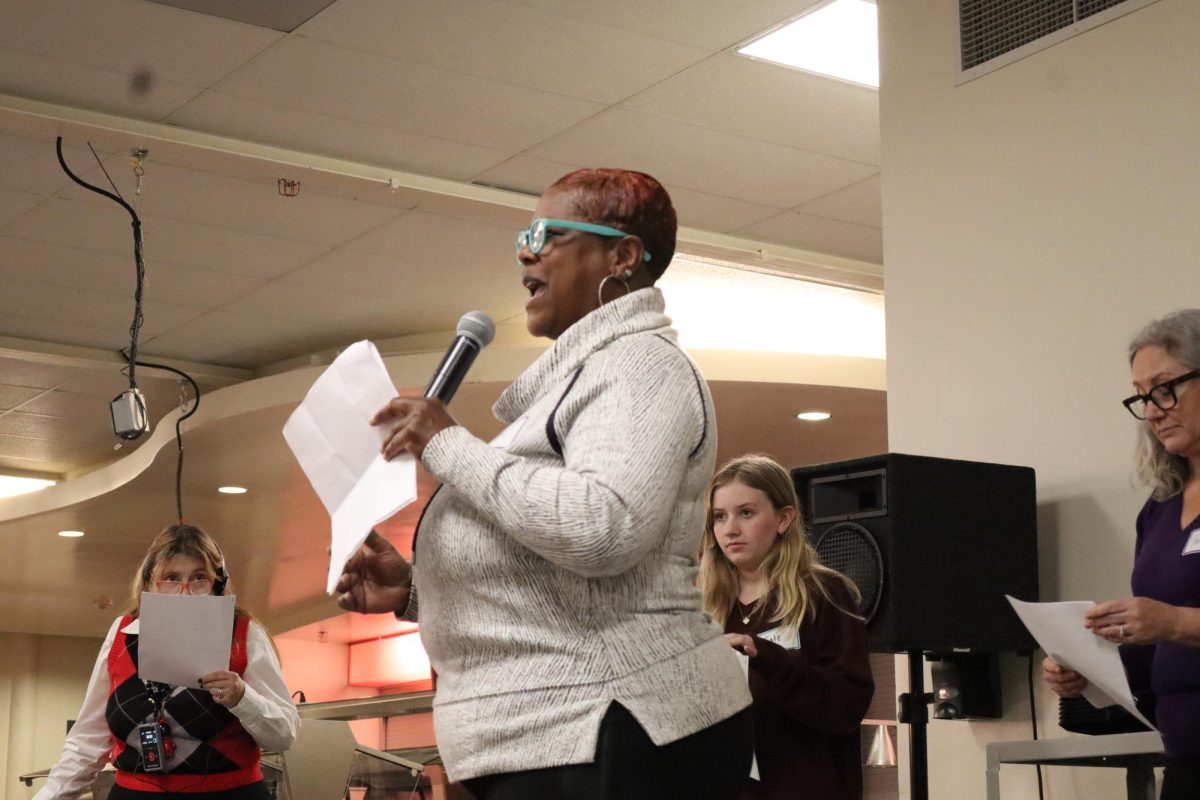Teachers, administrators say that more should be done to help ELL students after integration
In the 2014-15 school year, the Tamalpais Union High School District discontinued the sheltered class program, which offered students who didn’t show a basic understanding of English the option to enroll in five academic classes per day with other beginning-level English speakers. One year later, teachers and administrators say the school still has a long way to go in assisting English Language Development (ELD) students, despite progress that has been made.
In the 2014-15 school year, 44 percent of students in the ELD program received at least one D or F in a class, according to a Tamalpais Union High School District report. This is 8 percent higher than in years prior, when the sheltered class program was in place.

“One of the major reasons [for ending the sheltered program] is to desegregate students so that they’re mainstreamed into classes with their peers as opposed to being isolated with other English Language Learners,” said Kim Stiffler, senior director of curriculum and instruction for the District.
Sheltered class sizes were typically small, with enrollment ranging between five and 18. The program was only offered at the Tam High School campus but available to students from all high schools in the district.
Before the discontinuation, ELD students who scored a 1 or 2 on the California English Language Development Test (CELDT) had the option to enroll in sheltered classes. This test indicated a student’s level of English proficiency on a scale of 1-5.
According to a district investigation, the ELD program is not improving with the termination of the sheltered class program, but neither is it getting significantly worse.
There are currently three Redwood students who are at CELDT level 1 or 2.
Mike Levinson, coordinator of the ELD program at Tam, said that the district still has much to do to support ELD students.
“We’re not doing enough for [ELD students], absolutely not. Everybody feels like we need to figure out more we can do to support them. Everybody is saying we need to figure out a better way to get these students the education that they need,” Levinson said.
According to Debbie McCrea, the teacher of the ELD class at Redwood, the district needs to improve programs for students whose first language is not English after the ELD program changed last year.
“I don’t think that they are receiving the help that they need,” McCrea said. “They’re learning but it’s really, really hard for them.”

Stiffler shared sentiments similar to those of McCrea and Levinson.
“The interesting part is the data. We only have a year’s worth of data from the mainstream approach and we have historical data from the sheltered program, and really what the data shows you is we’re not serving our English Language Learners as well as we can be in either model,” Stiffler said.
At the beginning of last school year, Stiffler determined that her objective was that 80 percent of students in the ELD program would advance to the next level in the CELDT test that year. After the changes, however, only 62.5 percent of students advanced to a higher level on the CELDT.
Additionally, according to district data, only 69 percent of students in the ELD program passed the English Language Arts section of the California High School Exit Exam in the 2014-2015 school year, while 85 percent passed the mathematics section.
The results of the ELD program have been mixed in recent years, according to Levinson.
“There have definitely been successes [in the program]. There are a number who are taking AP classes and a number who are applying to good colleges,” Levinson said. “But there are also a number who are really struggling to pass their classes and not progressing with respect to learning English.”
McCrea also said students in her class are struggling. Stiffler noted a sense of community that the sheltered classes provided.
“One of the benefits of that program is that it provided a nice community for the kids because they were together a lot with only like four or five different teachers,” Stiffler said. “There was this nice community feel that teachers have been saying that they miss about it.”
Without the sheltered class program, only one period of ELD class is offered at each school in the district.
“The idea is to try to deepen the content knowledge,” Stiffler said, referring to ELD student learning in mainstream classes. “But it’s challenging because sometimes we can’t find the books in the right language and we do our best so that they have as much understanding as an English-speaker does.”












